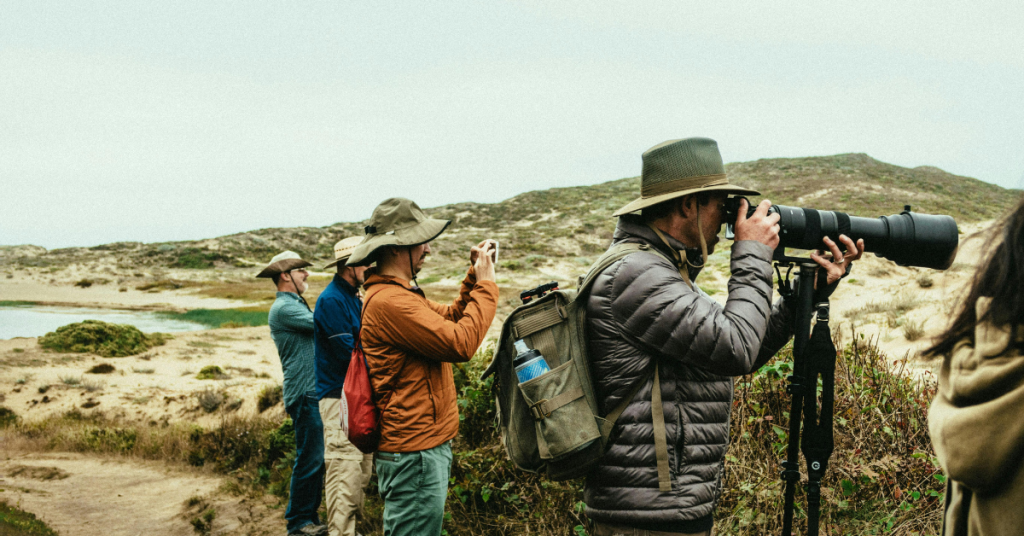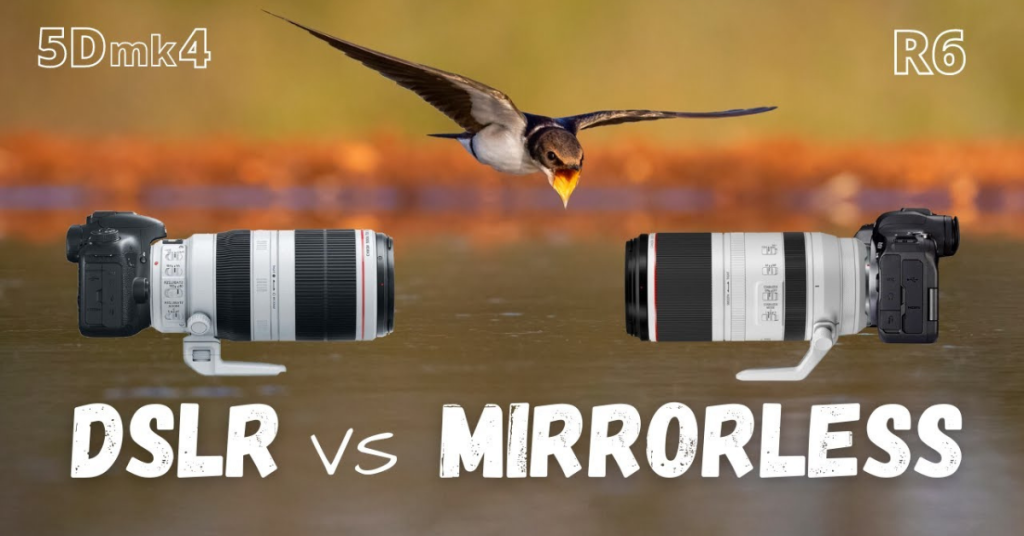Introduction:
Wildlife pictures is one of these pastimes the place patience, skill, and the proper equipment go hand in hand. Imagine walking through a thick forest when a magnificent tiger crosses your way. When you take out your camera, the image is hazy or the lens has trouble focusing. Is not it heartbreaking? That’s why deciding on the best camera and lens for wildlife photography is greater than simply a purchasing decision—it’s a funding in taking pictures moments that can also in no way manifest again.
In this guide, well discover top-performing DSLRs, mirrorless cameras, and lenses—whether you’re a pro seasoned or simply beginning out. By the end, you’ll comprehend precisely what equipment offers you the first-rate risk to photo the whole thing from hovering eagles to stealthy leopards.For more detail click here
Table of Contents
Toggle
Best Camera and Lens for natural world photography: Top Picks
1.DSLR Champions for Wildlife Enthusiasts
If you love the sense of a typical DSLR, right here are some of the fantastic Camera and Lens for natural world pictures performers:
• Canon EOS 90D
o 32.5MP APS-C sensor, quick autofocus, and 10fps burst shooting.
o Paired with the Canon EF 100-400mm f/4.5-5.6L IS II USM, it’s a dream setup for fowl photographers.
- Nikon D500
o Known as one of the excellent digital SLR cameras for flora and fauna photography.
o Features a lightning-fast autofocus device and rugged weather-sealed body.
o One of the best Camera and Lens for wildlife photography in Pair with Nikon 200-500mm f/5.6E ED VR for incredible attain and sharpness.
2.Mirrorless Cameras: The Future of Wildlife Shots
One of the best Camera and Lens for wildlife photography in Mirrorless cameras are now stealing the highlight with their light-weight diagram and contemporary features.
- Sony Alpha A1
o A beast for professionals: 50MP resolution, 30fps burst, and insane autofocus.
o Match it with the Sony FE 200-600mm f/5.6-6.3 G OSS, and you’re unstoppable.
- Canon EOS R5
o Wildlife shooters love its animal eye detection autofocus—it actually locks onto the eyes of birds and mammals.
o Pair with Canon RF 100-500mm f/4.5-7.1L IS USM for flexibility.
3. Best Budget Camera and Lens for Wildlife Photography
One of the best Camera and Lens for Wildlife Photography is Not absolutely everyone wishes to drop lakhs on gear, and that’s absolutely fine. However, you may still get stunning images with more affordable equipment.
- Nikon D5600 + Nikon 70-300mm f/4.5-6.3
o Lightweight, remarkable for beginners, and best for safaris.
- Canon EOS M50 Mark II + EF-M 55-200mm f/4.5-6.3
o A mirrorless finance choice that’s compact however nonetheless grants crisp flora and fauna images.
When deciding on the great price range digital camera and lens for flora and fauna photography, seem for correct zoom range, first rate low-light performance, and durability. Because in the wild, equipment takes a beating!

Choosing the Best Camera and Lens for Wildlife Photography
Why Lens Choice Can Make or Break Your Shot
Cameras supply you the base, however lenses carry you nearer to your subject. A cheetah sprinting in the savannah or a hornbill perched excessive in a tree requires reach. That’s the place telephoto lenses shine.
Popular Lens Options
• Canon EF 100-400mm f/4.5-5.6L IS II USM – Highly versatile, works fantastically in distinctive terrains.
- Nikon 200-500mm f/5.6E ED VR – Affordable but razor-sharp.
- Sigma 150-600mm f/5-6.3 DG OS HSM Contemporary – Popular third-party option, best for birders.
If you’re in India and thinking about the best camera and lens for wildlife photography in India, availability and provider are key. Brands like Canon, Nikon, and Sony have sturdy carrier networks, making them safer bets than area of interest worldwide brands.
Best Camera and Lens for Animal Photography: What to Look For
When you’re shooting animals, whether or not it’s a squirrel in your outdoor or elephants in Jim Corbett, here’s what matters:
- Focal Length: Aim for at least 300mm; extra if possible.
- Stabilization: Helps maintain photographs constant when taking pictures handheld.
- Autofocus Speed: Animals pass fast; sluggish autofocus can break the moment.
- Weight: A lens that’s too heavy might also now not be sensible for trekking.
A top tip: The best camera and lens for wildlife photography in Rent a lens earlier than buying. Many Indian cities have condominium offerings the place you can check the excellent digital camera lens for animal pictures on true discipline trips.
Real-Life Wildlife Photography Story
Last winter, I joined a crew of photographers on an outing to Ranthambore National Park is a vast wildlife reserve near the town of Sawai Madhopur in Rajasthan, northern India. It is a former royal hunting ground and home to tigers, leopards and marsh crocodiles.. One of them carried a price range Canon EOS 200D with a Sigma 150-600mm lens. Another had the high-end Sony A1. Guess what? Both bought high-quality tiger shots. The distinction wasn’t in the fee tag however in patience, timing, and appreciation their gear. That’s proof that the best camera and lens for wildlife photography is the one you comprehend how to use well.
Conclusion
Choosing the best camera and lens for wildlife photography is doesn’t have to be overwhelming. Whether you’re leaning in the direction of a rugged DSLR, a feature-packed mirrorless, or a budget-friendly starter kit, what matters most is how precise you can use it in the field. The suited equipment assists then again patience, practice, and ardor flip effortless snap shots into breathtaking herbal world stories.
FAQs
Q1. What is the first-class digital SLR digital camera for flora and fauna photography?
The Nikon D500 and Canon EOS 90D are amongst the pinnacle preferences due to their speed, durability, and lens ecosystem.
Q2. Which is the best camera and lens for wildlife photography in India?
The Canon EF 100-400mm and Nikon 200-500mm are broadly available, reliable, and have amazing after-sales guide in India.
Q3. What’s the pleasant price range digital camera and lens for flora and fauna photography?
For beginners, the Nikon D5600 with a 70-300mm lens or Canon M50 Mark II with a 55-200mm lens are stable low-cost setups.
Q4. Is mirrorless higher than DSLR for natural world photography?
Mirrorless cameras provide quicker capturing speeds, lighter weight, and superior autofocus, however DSLRs stay rugged and dependable in difficult conditions.
Q5. Do I want a 600mm lens for flora and fauna photography?
Not always. A 300–400mm lens works for most situations, however for birding or far away animals,